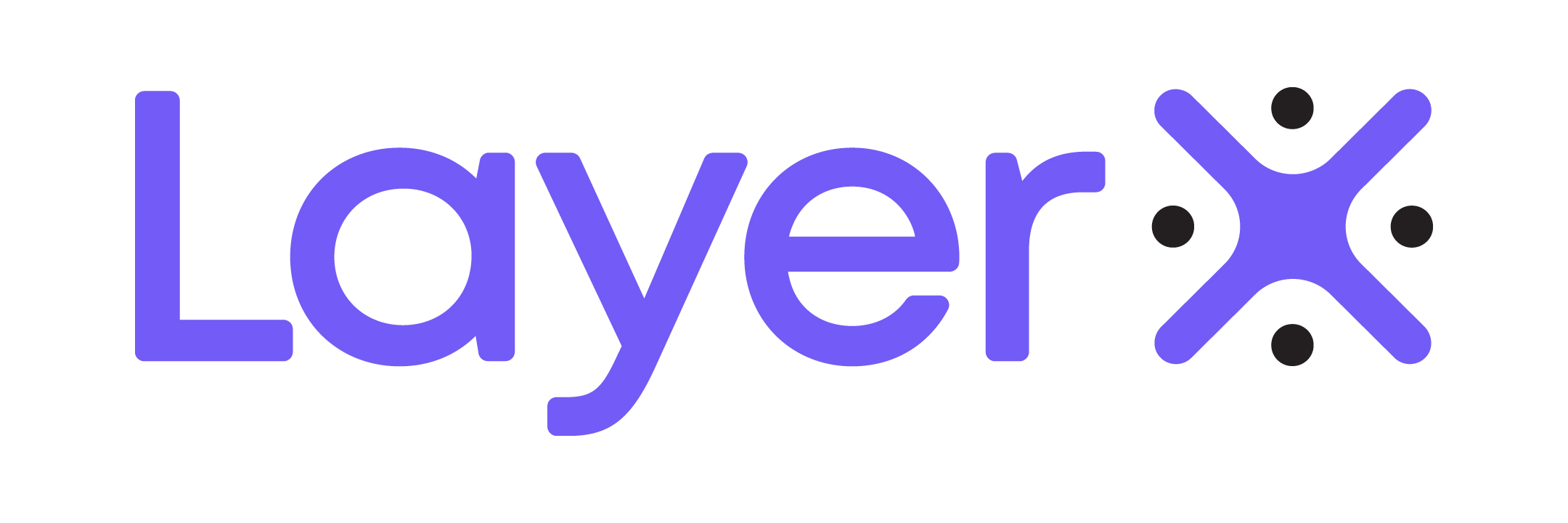Humans evolved large brains and flat faces at a surprisingly rapid pace compared to other apes, likely reflecting the evolutionary advantages of these traits, finds a new analysis of ape skulls by UCL researchers.
The paper, published in the…

Humans evolved large brains and flat faces at a surprisingly rapid pace compared to other apes, likely reflecting the evolutionary advantages of these traits, finds a new analysis of ape skulls by UCL researchers.
The paper, published in the…

Franklin SS, O’Brien E, Thijs L, Asayama K, Staessen JA. Masked hypertension a phenomenon of measurement. Hypertension. 2015;65:16–20.
Google Scholar
Williams B, Mancia G,…

When it comes to famous holes in the ground, northern Arizona has two: Grand Canyon and Barringer Meteorite Crater.
New research now suggests that these famous depressions might, in fact, be linked—the impact that created the crater…

– Advertisement –
ISLAMABAD, Oct 22 (APP):A division bench of the Islamabad High Court (IHC) on Wednesday suspended the verdict of single member bench regarding holding of local body elections in federal capital within four months.
The division…

Japan’s Hashimoto Daiki captured the men’s all-around gold medal Wednesday evening (22 October) at the 2025 World Gymnastics Championships in Jakarta, Indonesia.
The 24-year-old earned a total score of 84., holding off an impressive challenge…

Our research shows the critical importance of aligning departmental goals with the organization’s overall strategy to enhance efficiency, foster innovation, and drive long-term success
Key takeaways:
In today’s fast-paced and ever-evolving corporate landscape, the alignment of departmental goals with the overarching strategy of the organization is more crucial than ever. This alignment ensures that every in-house function is working towards a common objective, thereby enhancing the overall efficiency, innovation, and success of the organization as a whole.
Additionally, aligning departmental goals with the organization’s strategy also can eliminate the perception that certain corporate functions are merely cost centers, according to Thomson Reuters recently published 2025 Future of Professionals report. Indeed, many corporate functions — especially in areas like legal, risk, tax, and trade — are often seen as misaligned with the organization’s overall goals, which can lead to inefficiencies and a lack of strategic contribution from these departments.
Today, corporate leaders are under immense pressure to demonstrate how various functions contribute strategically to the value of the business rather than just managing costs. This urgency is also driven by the understanding that companies are navigating unprecedented regulatory and geopolitical complexity in the current environment, which really underscores the need for new ways to address this situation.
In today’s fast-paced and ever-evolving corporate landscape, the alignment of departmental goals with the overarching strategy of the organization is more crucial than ever.
Increasingly, in-house function leaders are looking to AI tools and solutions to find a way to bridge this critical intersection of commerce and compliance.
Yet the Future of Professionals report showed there is a strategic gap in AI usage. While nearly half (48%) of corporate professionals responding to the survey say they expect transformational AI-driven changes within their corporate functions this year, just 19% say that these functions have a departmental AI strategy in place.
In most successful transformations, however, organizations adopt an end-to-end approach that starts at the top and has the AI strategies cascade down directly from overarching enterprise goals to departmental implementation. This ensures that AI is not implemented in isolation but is integrated into the broader organizational strategy, thereby maximizing its potential to drive alignment and strategic contribution.
However, for departments to align their goals with the organization’s strategy, they need to be empowered with advanced technology — and it’s up to the C-Suite to drive this empowerment. Corporate management needs to ensure that their in-house functions are equipped with the tools they need to contribute strategically to the organization’s success by enabling new business, driving operational efficiency, and maintaining strict compliance. By leveraging this advanced technology, departments then can move beyond managing costs and demonstrate their strategic value to the overall enterprise.
Not surprisingly, as the report addressed, there are barriers to these efforts, with the two major hurdles being organizational silos and leadership commitments. Silos themselves are a significant challenge to many corporate initiatives that require collaboration and a change of mindset. As our research has shown, when corporate functions implement AI in isolation or without a unified enterprise strategy, they’re going to miss out on the full potential of AI to break down those internal barriers.
As for the commitment from corporate leaders, all of them should first assess where their organizations and key departments sit on their AI adoption journey. The goal should be to craft a custom-tailored AI strategy that will allow each function to secure additional ROI while acting in concert with the organization’s overall strategy.
All of this serves the greater purpose, because those organizations that can demonstrate a clarity of vision around AI will be the ones reporting better outcomes more quickly. It will be these organizational leaders who foster a culture in which former cost centers are now seen as a growth engine that can drive their professionals and the overall organization forward. For that to happen, however, these leaders must think beyond the technology and focus on how their departments’ mindset — and that of the overall organization — needs to change.
Not surprisingly, achieving alignment between departmental goals and organizational strategy requires a significant mindset shift and cultural change. Today, there is a growing understanding that in-house functions should not be viewed as cost centers but as strategic business partners — and this shift in mindset is crucial for fostering a culture in which AI is seen as a growth engine and a tool for achieving strategic goals.
Not surprisingly, achieving alignment between departmental goals and organizational strategy requires a significant mindset shift and cultural change.
In this way, in-house departments can become the type of business partners that can really add value and that can use AI in a manner that will truly empower their ability to achieve these goals. And this mindset shift needs to happen not only among the leaders of the enabling functions, but within the C-Suite itself. If all parts of the organization are focused on how each can create value and how they can leverage AI as a tool to do that, it becomes a powerful accelerator.
AI itself also has a pivotal role to play in aligning departmental goals with organizational strategy by helping corporate functions define value, especially in today’s complex regulatory and geopolitical environment in which departments may have their hands full simply navigating these unprecedented challenges daily.
To demonstrate this, however, departments need to measure their progress as they move away from a focus on cost reduction and towards strategic value creation. Using specific success metrics — including those that measure a department’s ability to enhance foresight and prediction and improved decision-making — departments can demonstrate how each in-house function contributes to the enterprise’s strategic goals.
In fact, many organizations and their in-house functions seem well on their way down this path toward tighter alignment. While there are some corporate executives that are uncertain about AI and the level of change it will bring about, it’s clear that this is not the time nor the environment to bury your head in the sand.
To aligning departmental goals with the organization’s overall strategy is essential for driving efficiency, fostering innovation, and achieving long-term success. And to make this happen, C-Suite executives need to ensure that each of their corporate functions has its own AI strategy — one which complements the overall organization’s key goals. Further, departmental leaders need to develop AI strategies and then encourage collaboration with other function leaders to break down practical barriers and learn from each other.
By empowering functions with advanced technology, adopting a top-down approach to AI implementation, and leveraging success metrics, organizations can ensure that all departments are working towards a common objective and contributing strategically to the overall success of the enterprise.

The way we download apps onto our phones could be about to change after a ruling from the UK’s competition regulator.
The Competition and Markets Authority (CMA) has designated Apple and Google as having “strategic market status” – effectively saying they have a lot of power over mobile platforms.
This means the two tech giants may have to make changes, after the CMA said they “may be limiting innovation and competition”.
The ruling has drawn fury from the tech giants, with Apple saying it risked harming consumers through “weaker privacy” and “delayed access to new features”, while Google called the decision “disappointing, disproportionate and unwarranted”.
“We simply do not see the rationale for today’s designation decision,” Google competition lead Oliver Bethell said.
But the CMA said it did not “find or assume wrongdoing” from the firms.
“The app economy generates 1.5% of the UK’s GDP and supports around 400,000 jobs, which is why it’s crucial these markets work well for business,” said Will Hayter, the CMA’s executive director for digital markets.
The investigation into Apple and Google’s app stores, browsers and operating systems focused on how prominent their own apps are compared with rivals.
“Around 90-100% of UK mobile devices running on Apple or Google’s mobile platforms,” the CMA has previously said, adding this meant the firms “hold an effective duopoly”.
According to analysis from Uswitch, 48.5% of UK users have an iPhone – which runs Apple’s iOS operating system (OS) – with the vast majority of the rest using Google’s Android OS.
It comes after a separate decision taken in October, where the CMA designated Google’s search division as having strategic market status.
It is unknown exactly what changes the regulator will look to request, but in July it published roadmaps outlining potential measures it would take if the firms were found to have strategic market status.
These include requiring it to be easier for people to transfer data and easily switch between Apple and Android devices, and for both firms to rank apps “in a fair, objective and transparent manner” in their app stores.
Apple specifically may be required to allow alternative app stores on its devices, and let people download programs directly from companies’ websites.
Such a move would be a significant change to the so-called “closed system” which has defined iPhones since their inception, where apps can only be downloaded from Apple’s own App Store.
Both of these things are currently possible on Android devices – but the roadmap said Google may have to “change the user experience” of downloading apps directly from websites, as well as “remove user frictions” when using alternative app stores, such as listing them directly on the Google Play Store.
Android is an open-source operating system, which means developers can use and build on top of it for free.
Google argues this means it opens up competition.
Mr Bethell said “the majority of Android users” use alternative app stores or download apps directly from a developer’s website, and claimed there is a far greater range of apps available for Android users compared to those on Apple devices.
“There are now 24,000 Android phone models from 1,300 phone manufacturers worldwide, facing intense competition from iOS in the UK,” he said.
Meanwhile, Apple warned the UK could lose access to getting new features – as has happened in the EU – which the company blames on tech regulation.
For example, some Apple Intelligence features which have been rolled out in other parts of the world are not available in the EU.
“Apple faces fierce competition in every market where we operate, and we work tirelessly to create the best products, services and user experience,” the company said in a statement.
“The UK’s adoption of EU-style rules would undermine that, leaving users with weaker privacy and security, delayed access to new features, and a fragmented, less seamless experience.”
But consumer group Which? said curbs on these companies’ power in other countries “are already helping businesses to innovate and giving consumers more choice”.
“Their dominance is now causing real harm by restricting choice for consumers and competition for businesses,” said its head of policy and advocacy Rocio Concha.

This article first appeared on GuruFocus.
Netflix (NASDAQ:NFLX) is taking its hit animated film KPop Demon Hunters off the screen and into the real world, partnering with Mattel (NASDAQ:MAT) and Hasbro (NASDAQ:HAS) to bring fans an entire…

NEW YORK, Oct. 22, 2025 (GLOBE NEWSWIRE) — LayerX Security, the leader in enterprise browser security, today announced that it is the first browser security company to support OpenAI’s newly released agentic AI browser, ChatGPT Atlas. This…
This request seems a bit unusual, so we need to confirm that you’re human. Please press and hold the button until it turns completely green. Thank you for your cooperation!